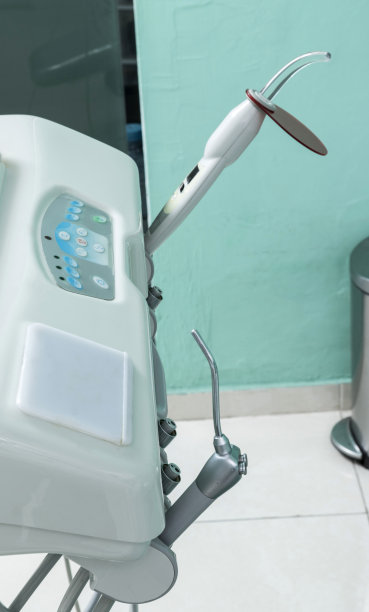Essential Guidelines and Precautions to Consider for a Successful Dental Filling Procedure
Summary: Dental filling procedures are crucial for maintaining oral health, particularly for treating cavities and restoring your teeth to their original function. This article provides essential guidelines and precautions to ensure a successful dental filling experience. We will cover pre-procedure preparations, the importance of dental materials, techniques used during the filling process, and post-procedure care to aid recovery. Each section will detail practices that not only enhance the effectiveness of the filling but also ensure patient comfort and safety. By considering these guidelines, patients can navigate their dental filling procedures with confidence.
1. Pre-Procedure Preparations for Patients

Preparation before a dental filling is key to a successful experience. Patients should begin by scheduling a consultation with their dentist to discuss their oral health history and any concerns. Understanding the procedure, including what to expect and any potential fears, can significantly reduce anxiety levels.
A dental examination will typically involve X-rays to assess the extent of decay. This imaging helps in deciding the type of filling material needed for optimal results. Patients should also inform their dentist of any medications they are taking or medical conditions that could impact the procedure.
Lastly, it’s advisable to arrange for post-procedure transport. After some fillings, especially those requiring anesthesia, patients may feel disoriented or may not be able to drive immediately afterward. Planning ahead can make the process smoother.
2. Importance of Choosing the Right Dental Materials
The success of a dental filling depends heavily on the choice of materials. Common materials include amalgam, composite resin, and porcelain, each offering unique benefits. While amalgam is durable and cost-effective, it may not be aesthetically pleasing; composite resins are tooth-colored and blend well but require a longer placement time.
Awareness of individual allergies or sensitivities to certain materials is essential. Patients should discuss these with their dentist to ensure that the filling material complements their health needs and aesthetic preferences. This conversation can also clarify the longevity and maintenance of the chosen material.
The dentist’s expertise in materials can guide patients toward the most effective choice for their specific situation. This partnership enables personalized care and enhances the chances of a satisfactory outcome.
3. Techniques Employed During Filling Procedures
Understanding the techniques used during a dental filling can alleviate patient anxiety. The process typically begins with the dentist applying a local anesthetic to numb the area, ensuring comfort throughout the procedure. Once numb, the dentist removes the decayed portion of the tooth carefully.
Different techniques can be used to clean the cavity before filling it. These include air abrasion, laser treatment, or traditional drill methods. The selection depends on the severity of decay and the dental professional’s preferred approach. Each technique has its advantages and allows precise removal of decay while preserving healthy tooth structure.
Once prepared, the filling material is inserted. For composite materials, a special light may be used to harden the filling promptly. The dentist will shape and polish the filling to ensure it fits comfortably within the bite, reducing the risk of discomfort in the following days.
4. Post-Procedure Care and Recovery
Post-procedure care is vital for maintaining the integrity of a filling and ensuring recovery. Patients should avoid eating or drinking until the anesthetic has worn off to prevent accidental biting of the cheeks, tongue, or the new filling itself.
During the first few days, it is advisable to stick to soft foods and avoid gum or hard candies until the dentist confirms full recovery. Regular oral hygiene practices should be maintained, but patients might want to wait a few hours before brushing near the filling to ensure the area is fully sensitized.
Regular follow-up appointments allow the dentist to monitor the filling and surrounding tooth health. Should any discomfort or sensitivity arise, patients should promptly report to their dentist for assessment. Early intervention can prevent more significant issues down the line.
Summary:
In conclusion, successful dental filling procedures rely on thorough preparations, appropriate choice of materials, meticulous techniques during implementation, and diligent post-procedure care. Each aspect contributes to achieving a reliable and long-lasting dental restoration that promotes overall oral health.
This article is compiled by Vickong Dental and the content is for reference only.


